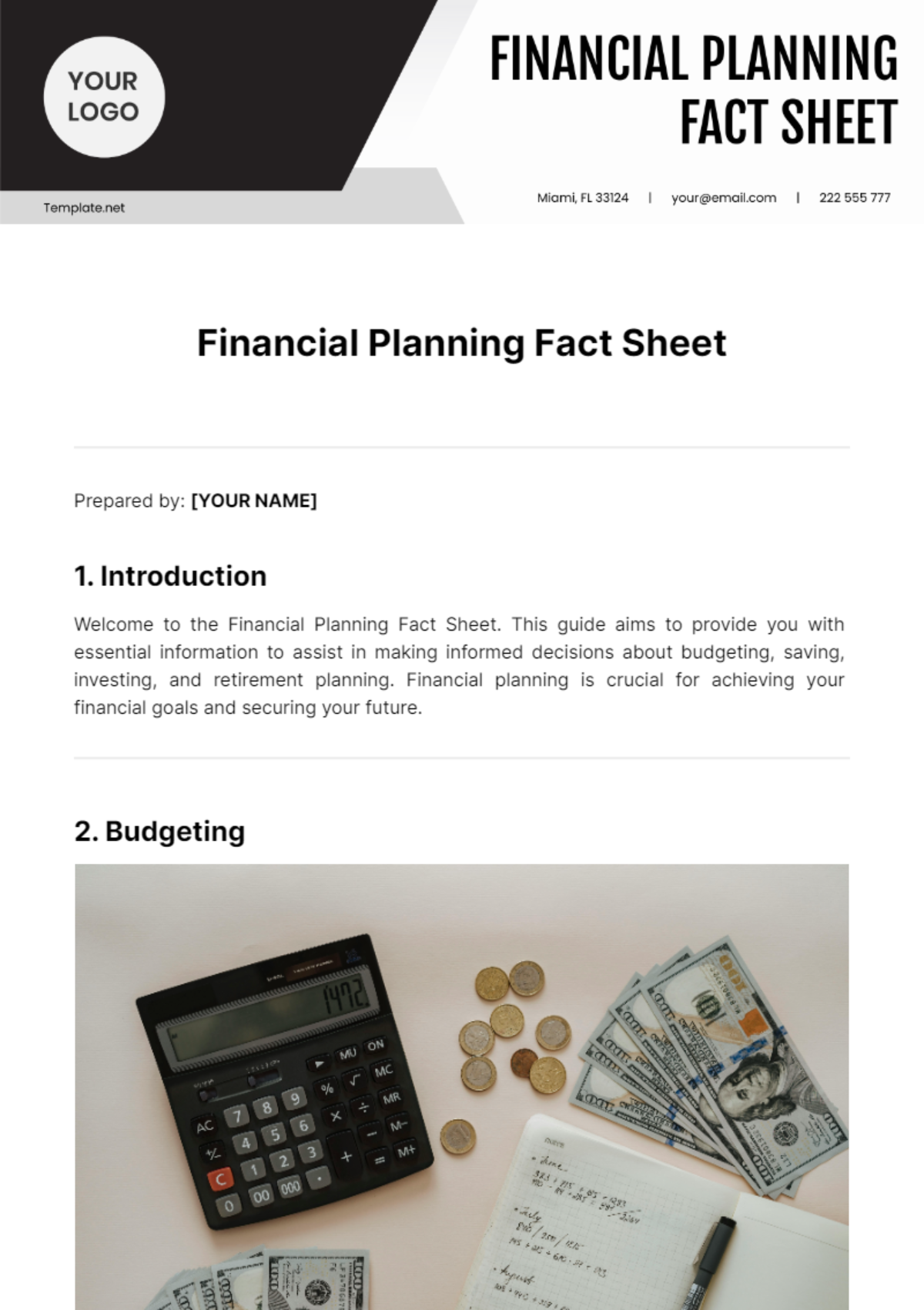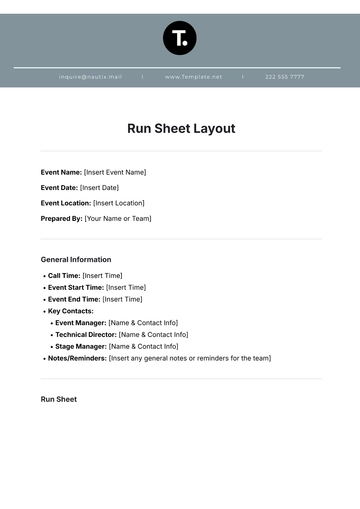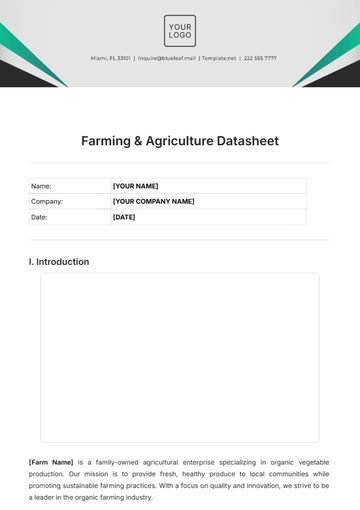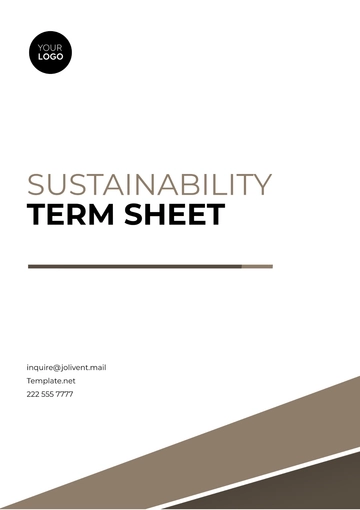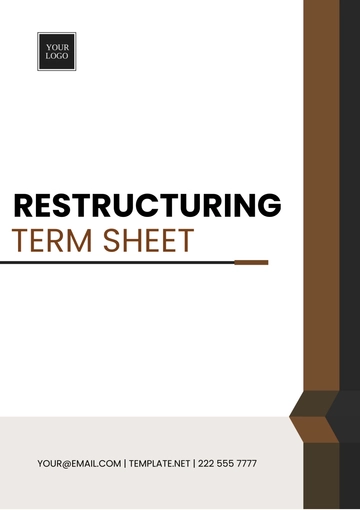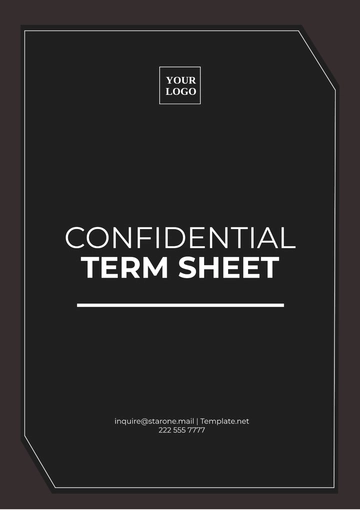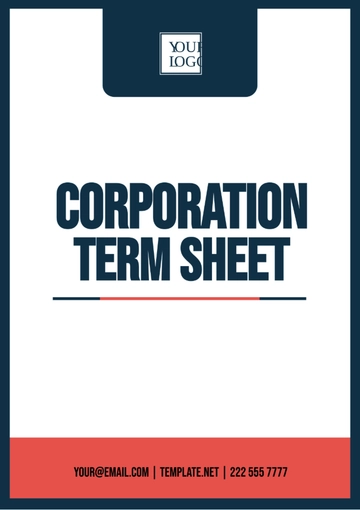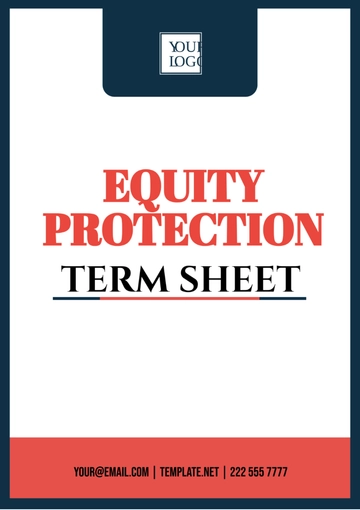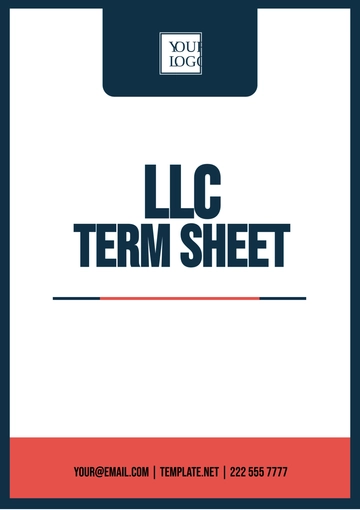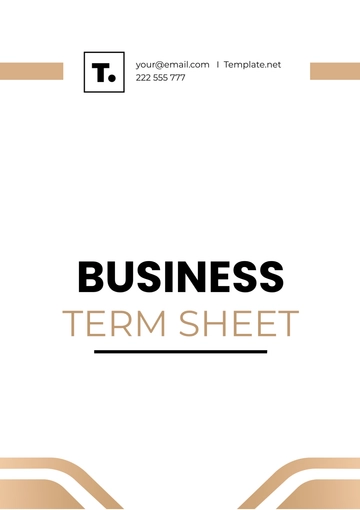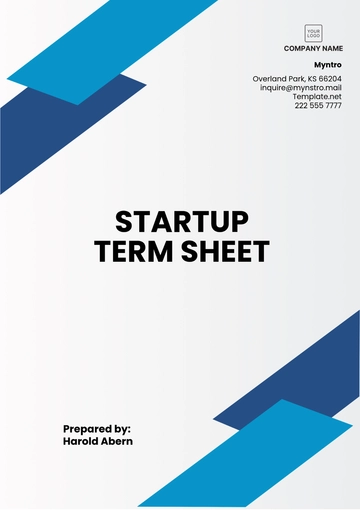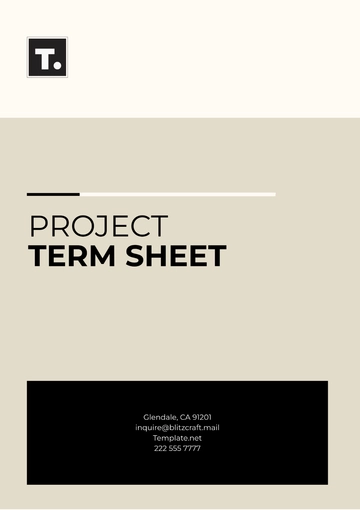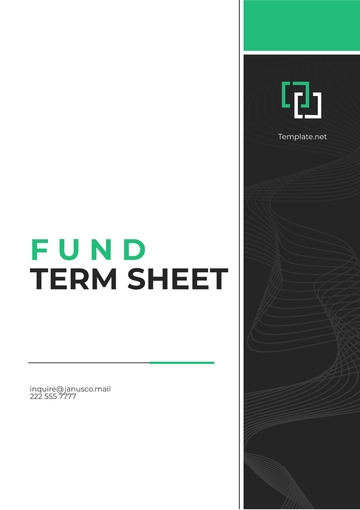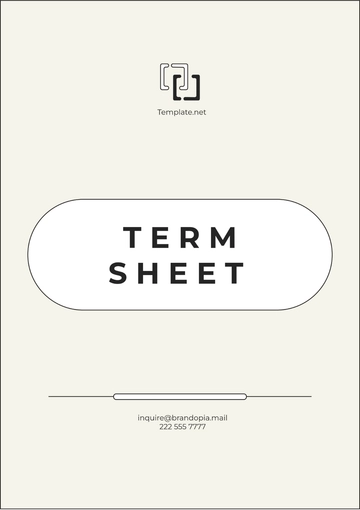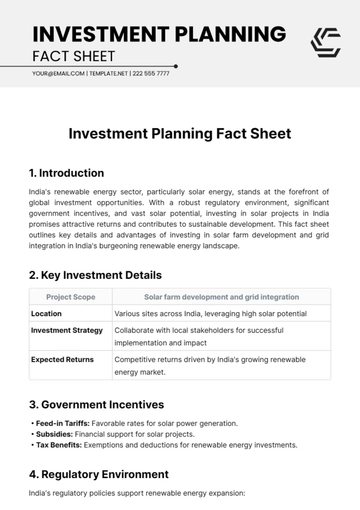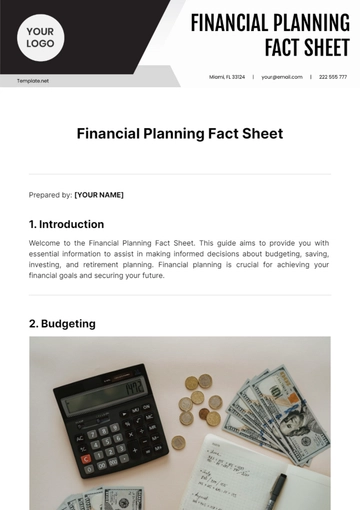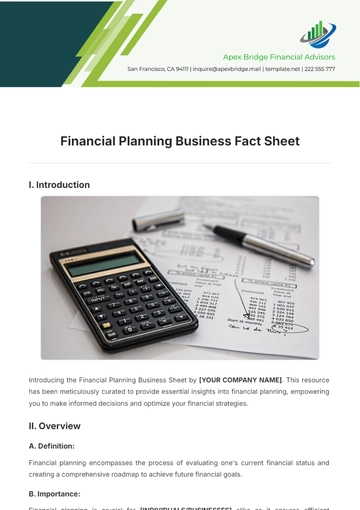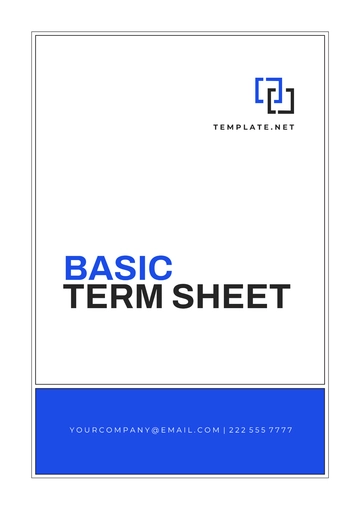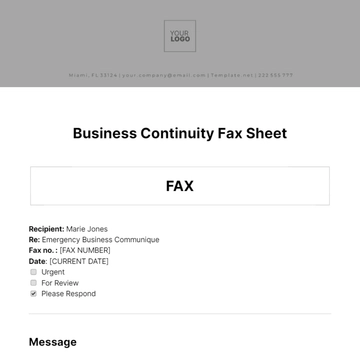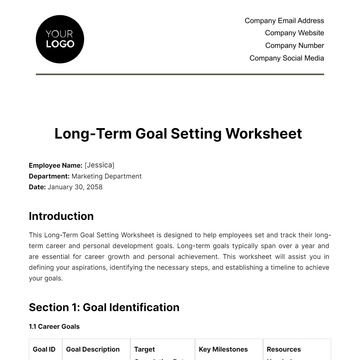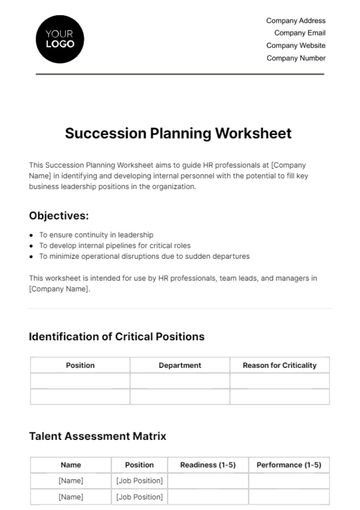Financial Planning Fact Sheet
Prepared by: [YOUR NAME]
1. Introduction
Welcome to the Financial Planning Fact Sheet. This guide aims to provide you with essential information to assist in making informed decisions about budgeting, saving, investing, and retirement planning. Financial planning is crucial for achieving your financial goals and securing your future.
2. Budgeting

Step | Description |
|---|
Assess Income | Calculate your monthly income from all sources. |
Track Expenses | Monitor and categorize your monthly spending. |
Set Budget Goals | Allocate funds for essentials, savings, and discretionary expenses. |
Review and Adjust | Regularly review your budget and adjust as needed. |
3. Saving

Type of Savings | Description |
|---|
Emergency Fund | Save 3-6 months' worth of living expenses in a liquid account. |
Short-Term Goals | Allocate funds for upcoming expenses like vacations or major purchases. |
Retirement Savings | Contribute to retirement accounts like 401(k), IRA, or pension plans. |
Long-Term Investments | Consider investments such as stocks, bonds, or real estate for wealth accumulation. |
4. Investing

Investment Basics | Description |
|---|
Risk Tolerance | Understand your comfort level with investment risk. |
Asset Allocation | Diversify investments across different asset classes (stocks, bonds, etc.). |
Investment Horizon | Determine how long you plan to invest before needing funds. |
Investment Options | Explore mutual funds, ETFs, individual stocks, and other investment vehicles. |
5. Retirement Planning

Retirement Considerations | Description |
|---|
Retirement Goals | Define your desired lifestyle and financial needs post-retirement. |
Retirement Accounts | Maximize contributions to tax-advantaged retirement accounts. |
Social Security | Understand how Social Security benefits factor into retirement income. |
Health Care Costs | Plan for medical expenses during retirement. |
6. Frequently Asked Questions
Q1. How much should I be saving for retirement? |
The amount you should save for retirement depends on various factors including your desired lifestyle, retirement age, and current income. A general guideline is to aim for saving at least 10-15% of your pre-tax income each year for retirement. However, consider consulting with a financial advisor to create a personalized retirement savings plan based on your specific goals and financial situation.
|
Q2. How can I start building an emergency fund? |
Building an emergency fund is essential for financial security. Start by setting a goal to save 3-6 months' worth of living expenses. To begin, allocate a portion of your monthly income towards this fund and prioritize it over non-essential spending. Consider using a high-yield savings account or a money market account for easy access to your emergency savings.
|
Q3. What is the difference between stocks and bonds? |
Stocks and bonds are both investment options but differ in terms of risk and return. Stocks represent ownership in a company and offer the potential for higher returns but come with greater risk due to market fluctuations. Bonds, on the other hand, are debt securities issued by governments or corporations and provide fixed interest payments over time. Bonds generally offer lower returns compared to stocks but are considered less risky investments.
|
7. Additional Tips
Debt Management: Prioritize paying off high-interest debts to free up funds for savings and investments.
Financial Advisor: Consider consulting a certified financial planner for personalized advice.
Regular Review: Periodically reassess your financial plan based on changing circumstances.
8. Conclusion
Effective financial planning is key to achieving financial security and meeting your life goals. By following the steps outlined in this fact sheet and staying disciplined, you can build a solid financial foundation for the future. Remember, it's never too early or too late to start planning for your financial well-being.
Fact Sheet Templates @ Template.net
